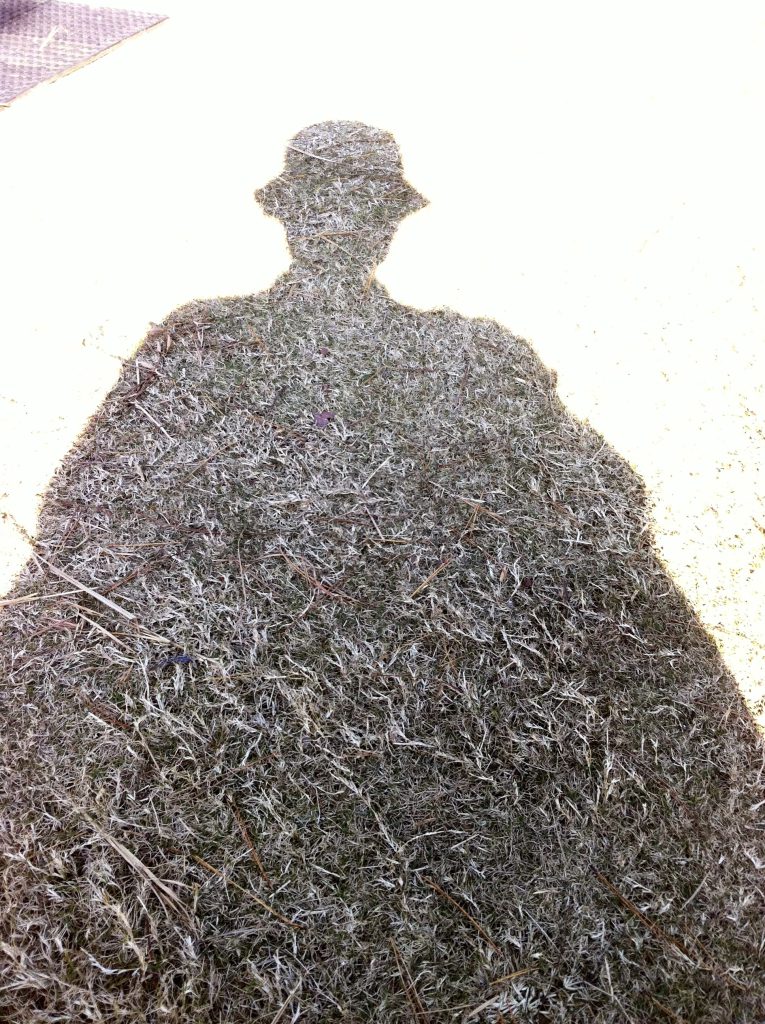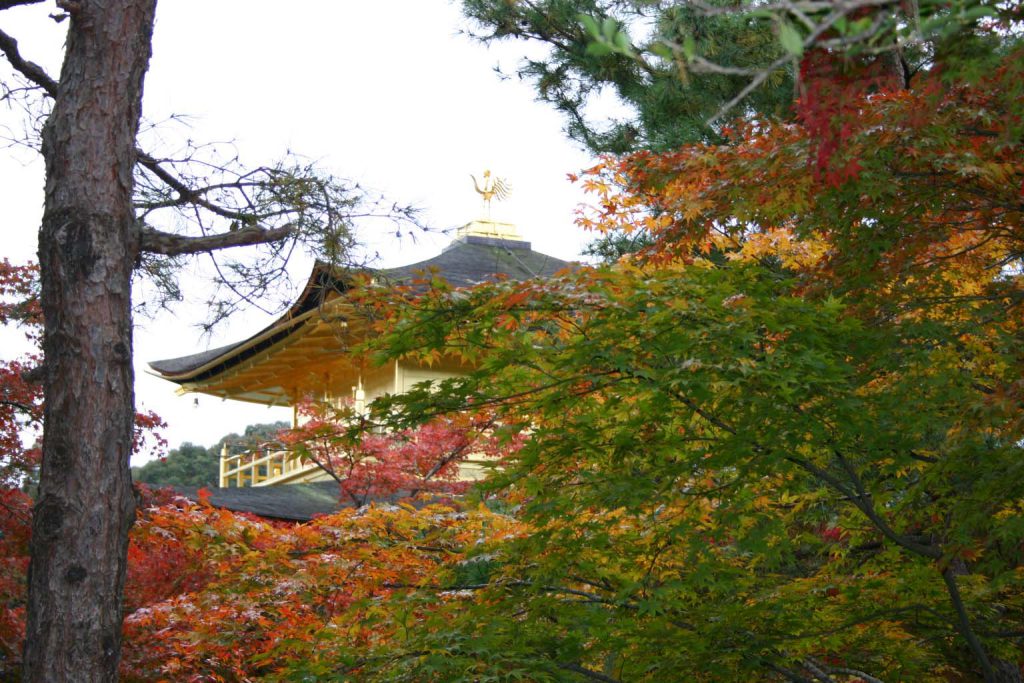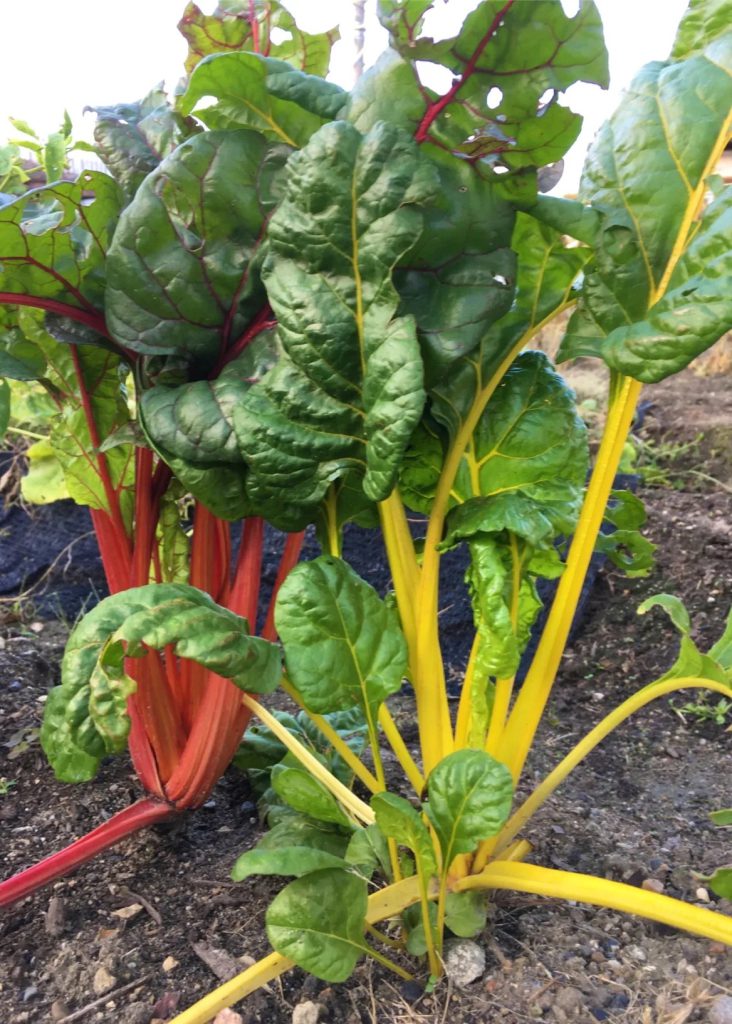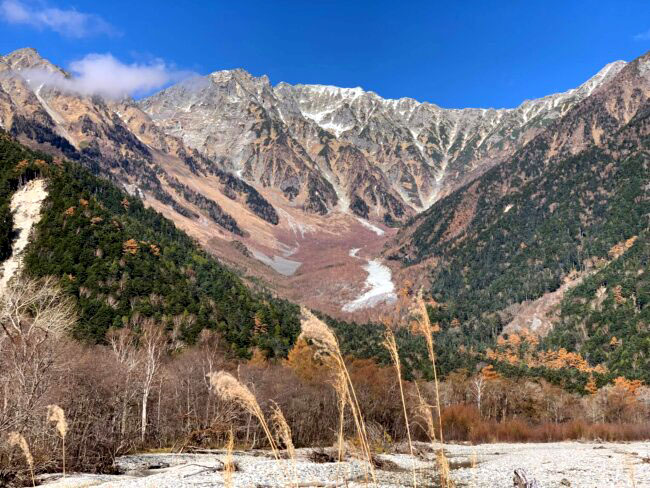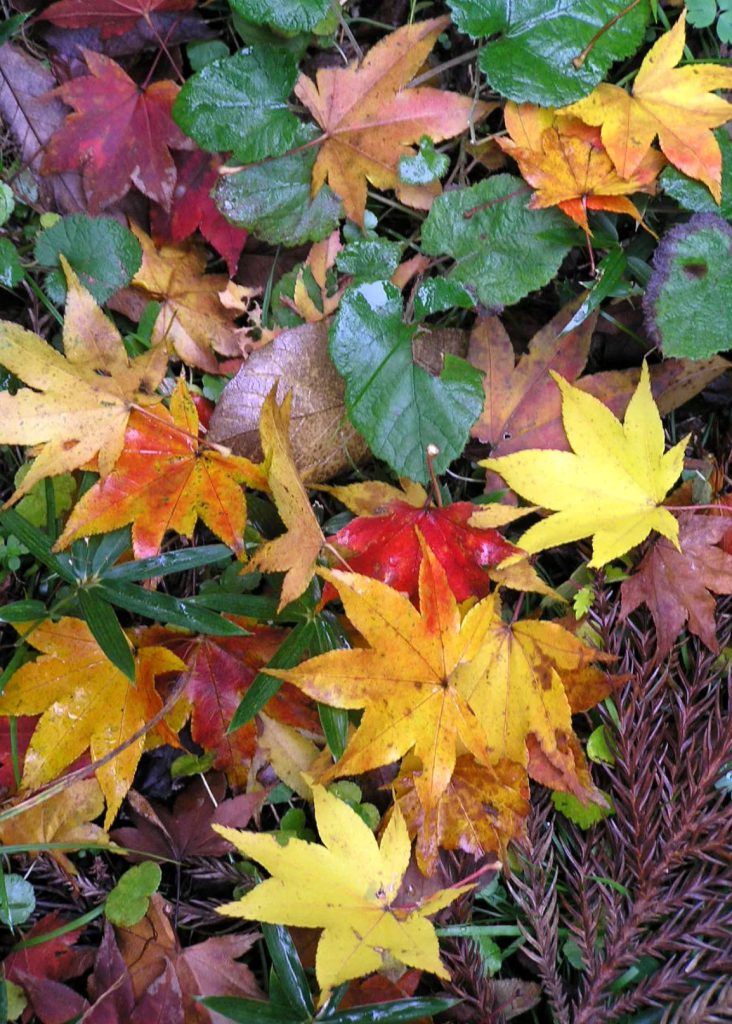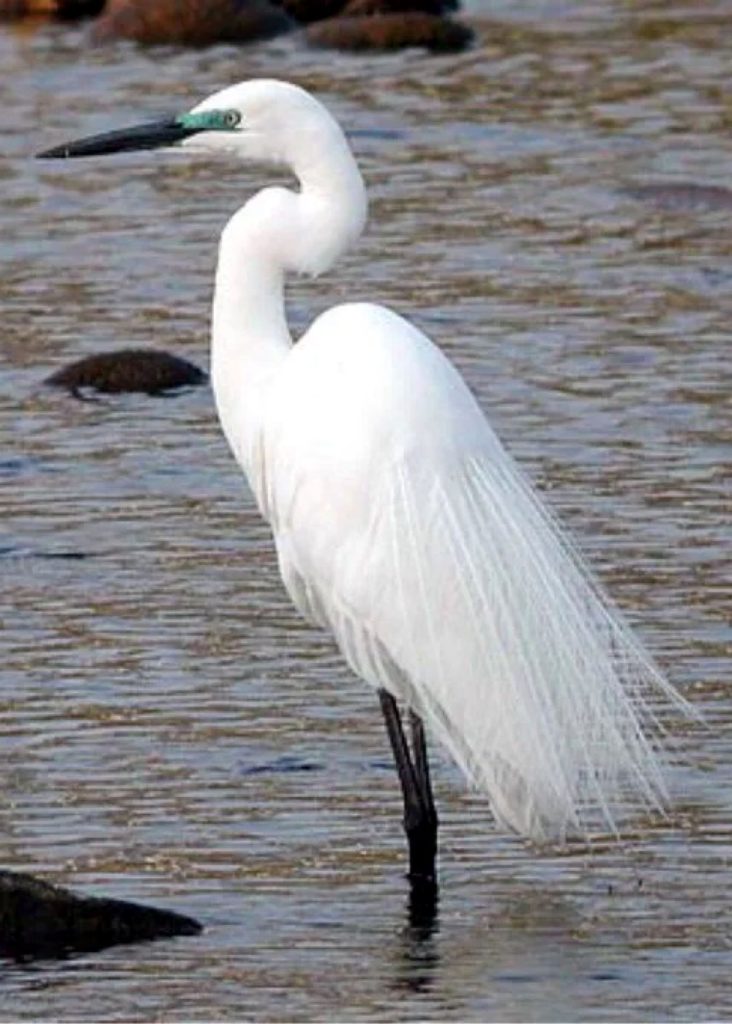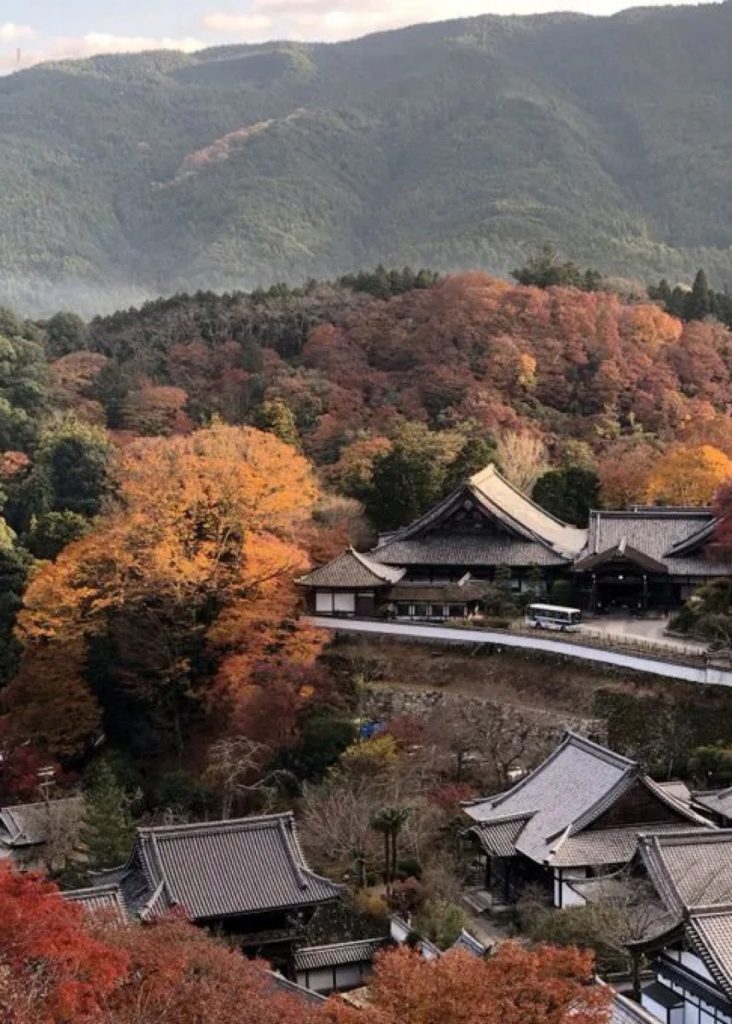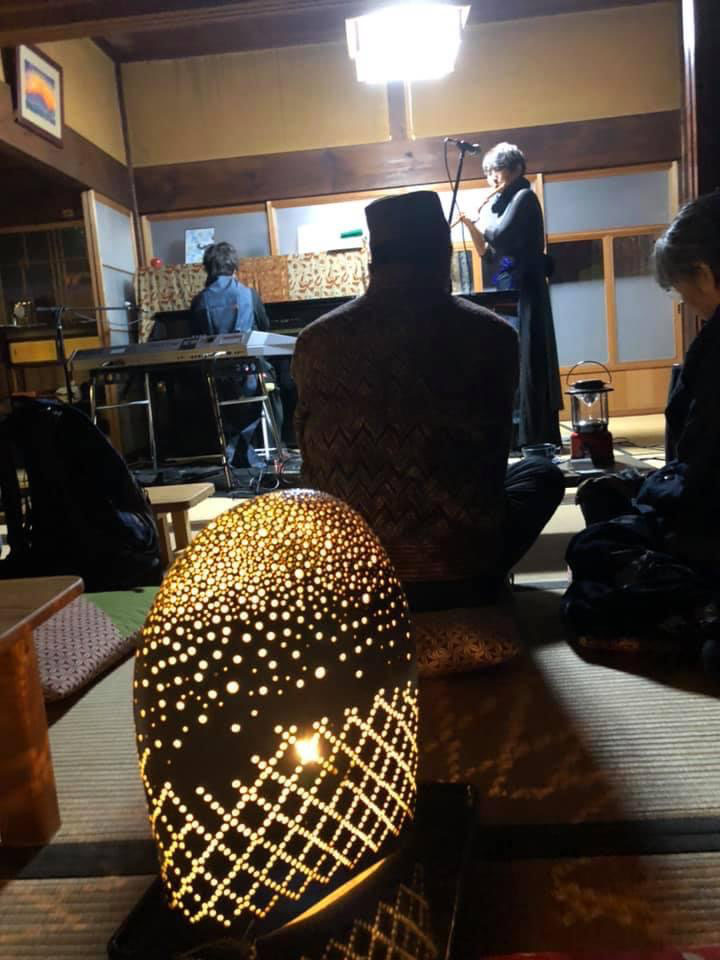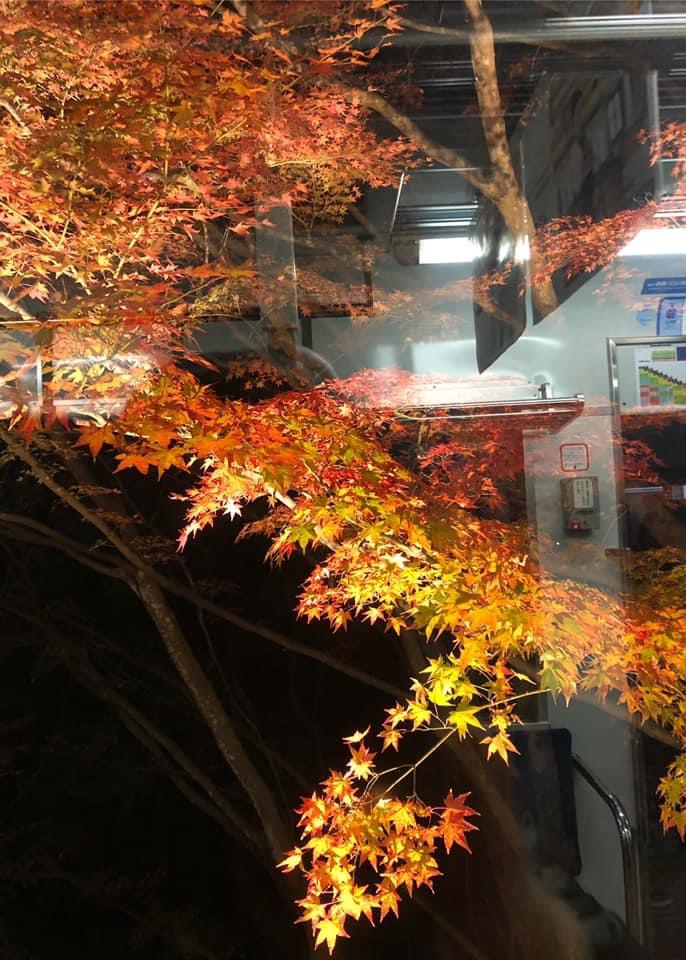
About 20 minutes by train from Demachiyanagi Station of Kyoto Eizan Electric Railway to Kurama Station, there is a place called “Maple Tunnel” between Ichihara Station and Ninose Station (about 250m). This section is surrounded by about 280 Iroha-momiji(Japanese maples) and O-momiji(Acer amoenum), and in early November, the color of the maples, which had been green first, begins to change little by little, and there is a sign of autumn. In the middle of the autumn, the trees show various colors such as green, yellow, orange, and crimson, creating a vivid landscape with a mixture of leaf colors. Furthermore, the trees continue to be dyed every day toward the end of the month, eventually becoming a crimson “maple tunnel”. In the daytime, the powerful sights approaching both sides of the railroad track continue, and the voices of admiration from the passengers are constant. At night, the illuminated autumn leaves are mixed with the images of the autumn leaves reflected from the car windows as well as behind the car window, and it looks like a kaleidoscope.
京都叡山電鉄の出町柳駅から鞍馬駅行きの列車で約20分、市原駅~二ノ瀬駅間(約250m)に「もみじのトンネル」と呼んでいる場所があります。 この区間はおよそ280本のイロハモミジ、オオモミジに囲まれ、11月上旬になるとこれまで緑であったモミジの色が少しづつ変わり始め、秋の気配が漂います。中旬になると緑、黄、橙、紅と様々な色づきを見せ、葉の色が混ざり合った鮮やかな風景となります。さらに、下旬に向けて日々木々は染まり続け、真紅の「もみじのトンネル」となります。昼間には 線路の両側に迫りくる迫力満点の光景が続き、乗客からの感嘆の声がしきりです。夜間はライトアップされた紅葉が車窓の向こうにはもちろん、車窓どうしに反射した紅葉が混じり合い、まるで万華鏡のような具合です。

